Blog

Blog

Blog

The Rise of Eco-Friendly Upholstery Fabrics Transforming Interior Design Trends
As consumers increasingly prioritize sustainability in their purchasing decisions, the interior design sector is witnessing a remarkable transformation, particularly in the realm of upholstery fabrics. According to a recent industry report by Grand View Research, the global eco-friendly upholstery fabrics market is projected to reach USD 24.2 billion by 2025, driven by a surge in demand for sustainable materials that reduce environmental impact. These fabrics not only meet aesthetic preferences but also align with eco-conscious values, offering designers a unique opportunity to create stylish, responsible interiors. Furthermore, a Nielsen study revealed that 66% of global consumers are willing to pay more for sustainable brands, underscoring the shifting dynamics in consumer behavior that favor eco-friendly choices. As a result, the rise of eco-friendly upholstery fabrics is revolutionizing design trends, prompting interior designers to incorporate innovative, sustainable solutions into their projects while catering to an increasingly aware clientele.
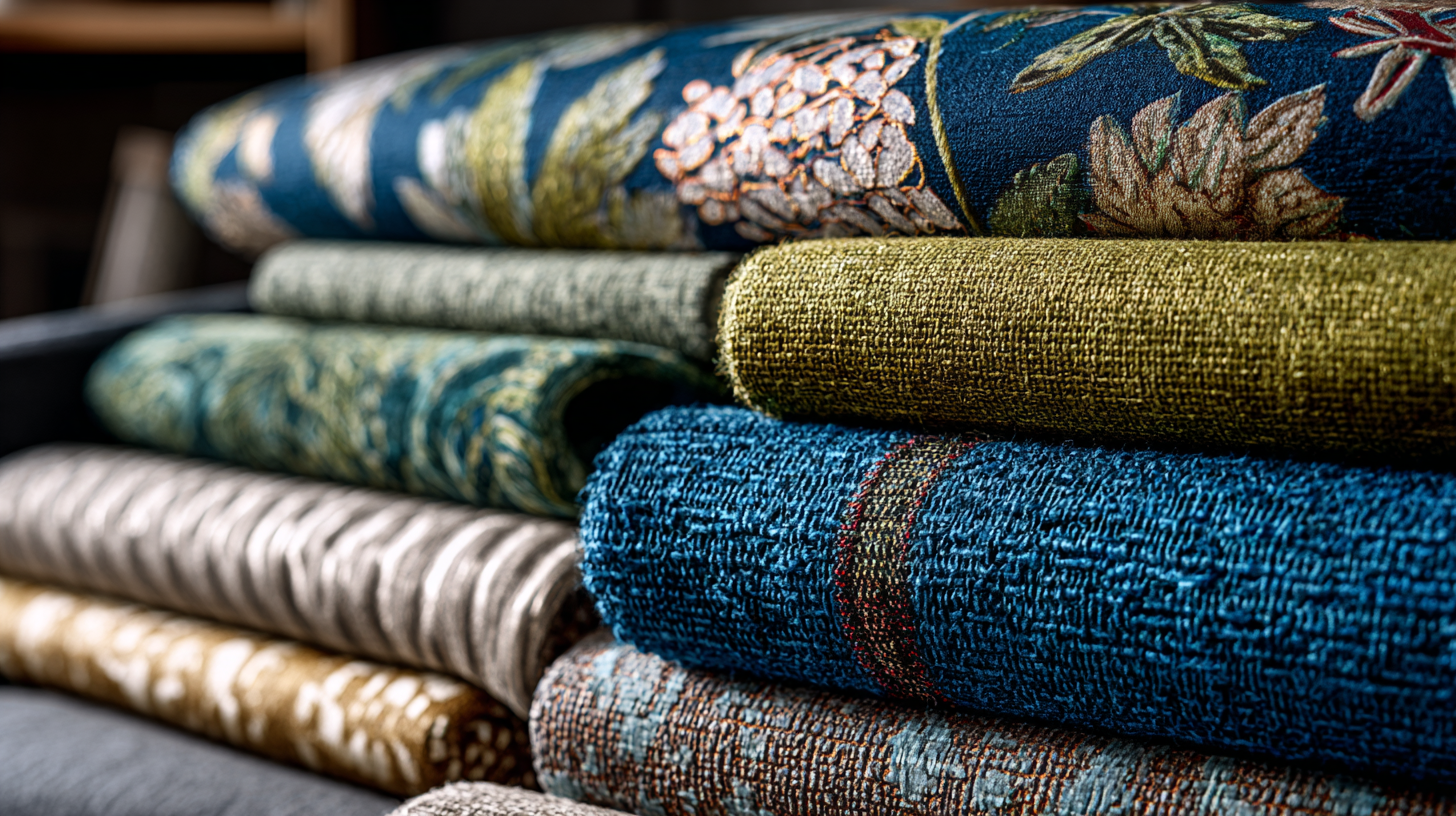
The Evolution of Upholstery Fabrics: A Shift Towards Sustainability
The evolution of upholstery fabrics has witnessed a significant transformation in recent years, particularly with the rising awareness of sustainability. Traditionally dominated by synthetic fibers, the upholstery industry is increasingly pivoting towards eco-friendly materials. Natural fibers such as organic cotton, hemp, and linen are gaining popularity, offering not only biodegradability but also the ability to reduce the carbon footprint associated with production. This shift represents a growing trend within interior design, where consumers are seeking out products that align with their values of environmental responsibility.
Moreover, innovative technologies are being developed to create sustainable upholstery fabrics that maintain high standards of durability and style. Brands are experimenting with recycled materials, such as plastics salvaged from oceans, which are being repurposed into luxurious upholstery textiles. This intersection of creativity and sustainability is transforming how interiors are designed, allowing homeowners to achieve aesthetic appeal while prioritizing ecological impacts. As designers embrace these changes, the future of upholstery fabrics appears brighter and more responsible, echoing the demands of the modern consumer for a greener planet.
The Rise of Eco-Friendly Upholstery Fabrics
This bar chart illustrates the projected global market growth percentage of various eco-friendly upholstery fabrics over the coming years, highlighting a significant shift towards sustainable materials in the interior design industry.
Innovative Materials: Exploring the Eco-Friendly Options in Furniture Design
The trend towards eco-friendly materials in furniture design is not just a passing fad; it reflects a significant shift in consumer values and preferences. Innovative materials such as organic cotton, hemp, and recycled polyester are gaining popularity as manufacturers seek sustainable alternatives to traditional upholstery fabrics. These materials are not only biodegradable but also produced with less environmental impact, making them ideal choices for eco-conscious consumers.
Moreover, advances in technology have led to the development of performance fabrics that are both sustainable and durable. For instance, textiles made from reclaimed ocean plastics are emerging, transforming waste into beautiful, functional upholstery. This not only helps reduce pollution but also showcases the potential of recycling in creating luxurious and high-quality fabrics. As more designers embrace these innovations, eco-friendly upholstery is becoming a staple in modern interior design, proving that sustainability and style can go hand in hand.
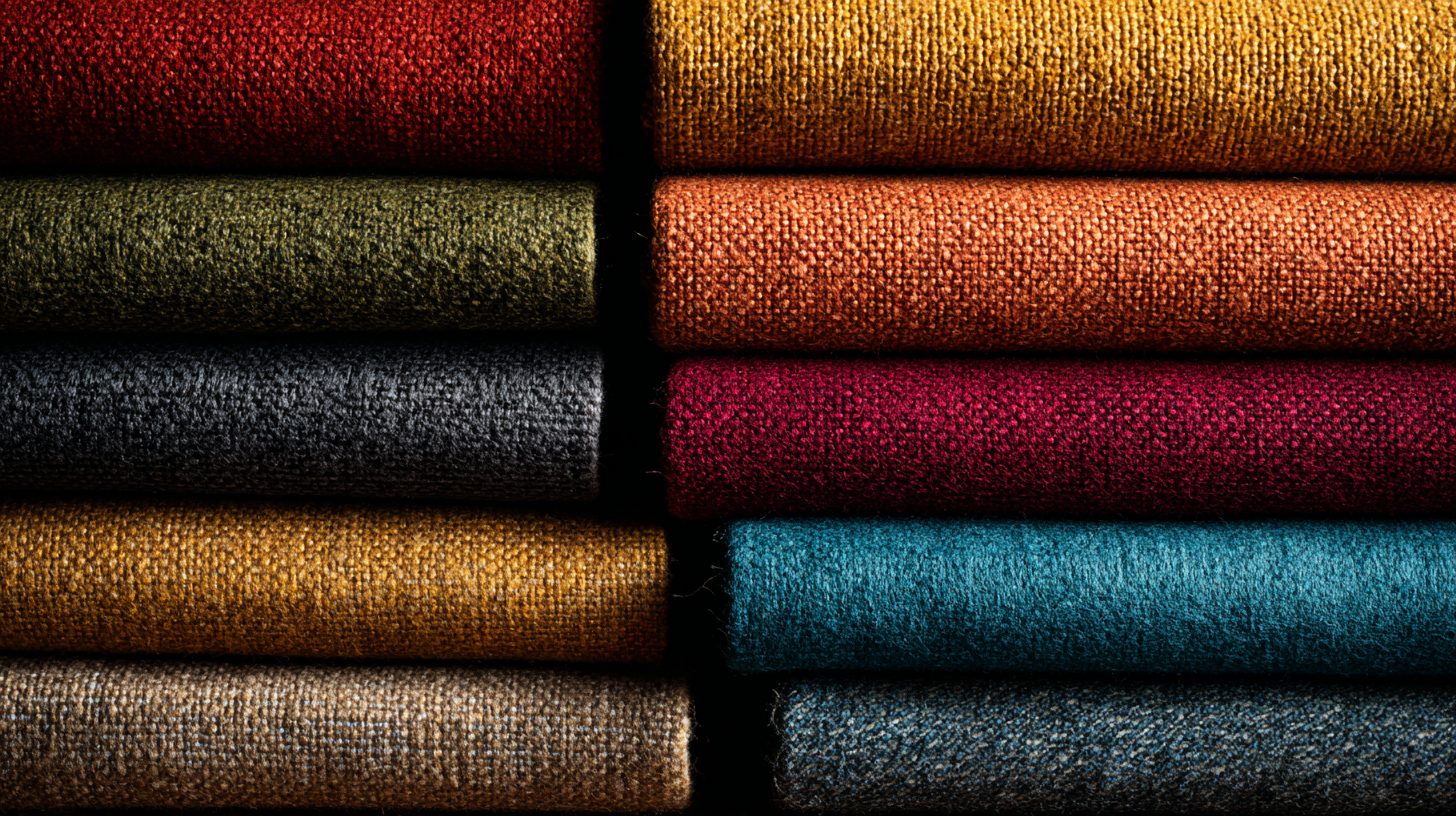
Consumer Preferences: How Eco-Conscious Choices Shape Market Trends
As consumers become increasingly aware of environmental issues, their preferences are significantly influencing the upholstery fabric market. Eco-conscious choices are not only shaping individual purchasing decisions but are also compelling manufacturers to re-evaluate their product offerings. The demand for sustainable materials, such as organic cotton, hemp, and recycled fibers, has surged, pushing brands to innovate and adopt eco-friendly practices. This shift in preference has led to a proliferation of options that do not compromise on style or comfort, allowing consumers to create beautiful interiors while also supporting environmental sustainability.
Moreover, these evolving consumer preferences have sparked a broader conversation about the impact of furniture production on the planet. As more individuals prioritize eco-friendly materials, interior designers are incorporating these sustainable textiles into their projects. This trend is driving a transformation in interior design, wherein the aesthetics are closely intertwined with sustainability. The rise of eco-friendly upholstery fabrics is not merely a fleeting trend; it is an essential movement that reflects a collective commitment to environmentally responsible living, reshaping market trends and establishing new norms in interior aesthetics.
Impact on Interior Aesthetics: Blending Style with Sustainable Practices
The impact of eco-friendly upholstery fabrics on interior aesthetics is transforming the way we think about design. As sustainability becomes a core value for consumers, designers are increasingly incorporating organic materials like hemp, bamboo, and recycled polyester into their work. According to a recent study by Grand View Research, the global eco-friendly fabric market is projected to reach USD 99.25 billion by 2025, with a significant focus on interior upholstery. This shift not only promotes environmental responsibility but also enhances the overall ambiance of spaces, offering a perfect blend of style and sustainability.
To incorporate eco-friendly fabrics into your home, consider starting with statement pieces that can serve as conversation starters. Opt for a chic hemp sofa or cushions made from recycled materials. Remember, choosing the right colors and textures can significantly impact your interior aesthetic. For example, muted earth tones can bring warmth and calmness, while vibrant patterns can invigorate a space.
Tips for selecting sustainable upholstery:
- Look for certifications like GOTS (Global Organic Textile Standard) or OEKO-TEX, which ensure that the materials meet specific ecological and safety standards.
- Investigate the brand’s commitment to sustainable practices, such as using low-impact dyes and ethical labor.
- Choose durable fabrics that not only contribute to sustainability but also withstand the test of time, thus reducing the need for frequent replacements.
Future Directions: Predictions for Eco-Friendly Upholstery in Interior Design
The trend towards eco-friendly upholstery fabrics is set to revolutionize interior design as more consumers prioritize sustainability in their choices. As we look to the future, it's clear that innovations in materials—such as organic cotton, hemp, and recycled polyester—will continue to gain traction. Designers are increasingly exploring these options to create stylish yet environmentally responsible spaces. We anticipate a broader acceptance of these materials in both residential and commercial settings, embracing the idea that luxury can coexist with eco-consciousness.
Tips for selecting eco-friendly fabrics include looking for certifications such as Global Organic Textile Standard (GOTS) or OEKO-TEX, which ensure that materials meet stringent environmental and safety criteria. Additionally, consider the durability of the upholstery; investing in long-lasting materials not only reduces waste but also enhances the overall aesthetic of your space over time. Remember to also explore local artisans who specialize in eco-friendly upholstery, as they can provide unique pieces that reflect your personal style while supporting sustainable practices within the community.
As we move forward, the influence of technology in eco-friendly upholstery will play a pivotal role. Expect advancements in fabric treatments that enhance stain resistance and longevity, while maintaining a reduced environmental footprint. This progress not only promises a wider array of choices for consumers but also places sustainability at the forefront of interior design trends for years to come.
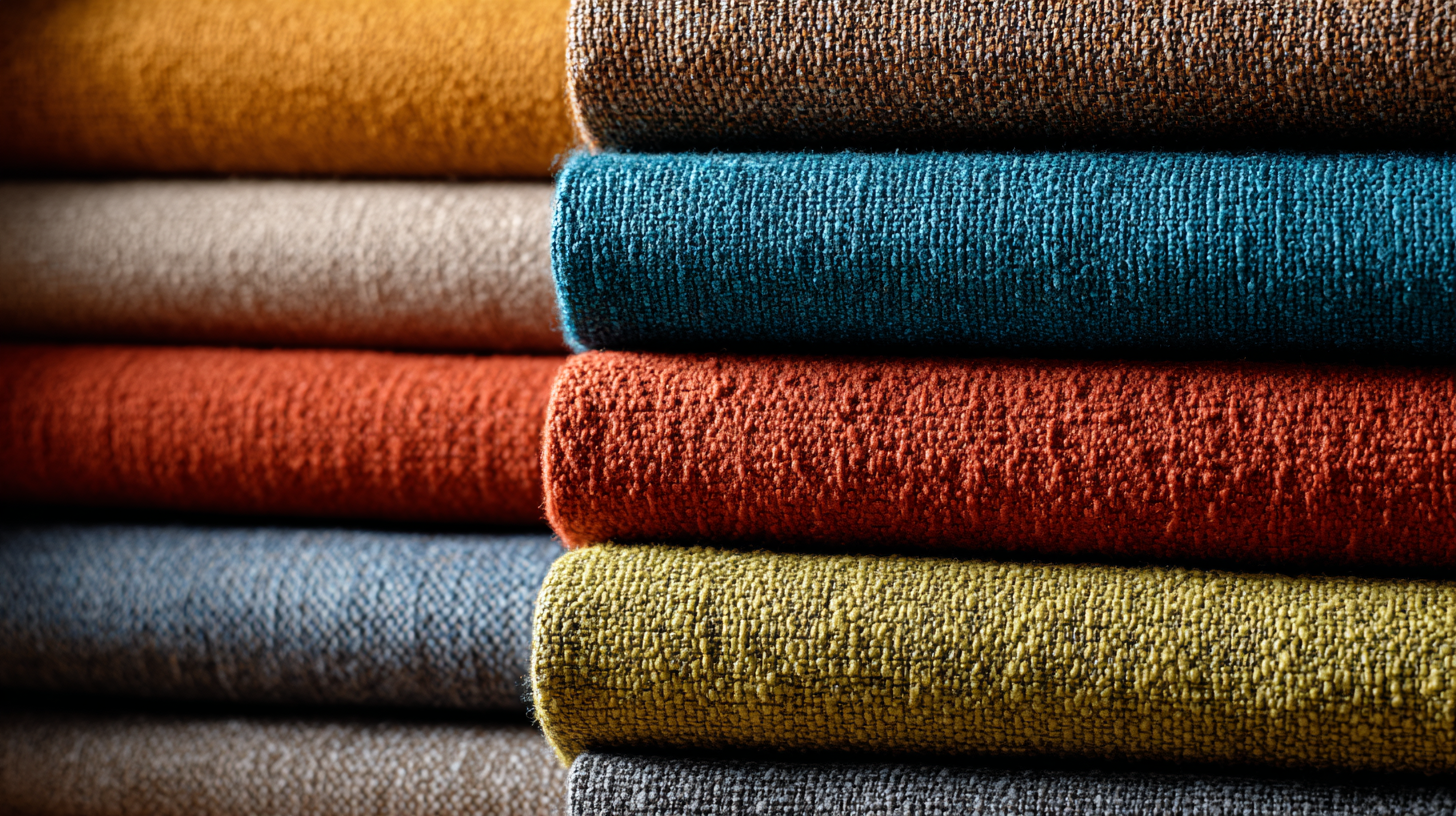
Related Posts
-

Common Issues Faced When Choosing Upholstery Fabrics for Your Furniture
-

The Ultimate Guide to Choosing the Perfect Interior Fabrics for Your Home Decor
-
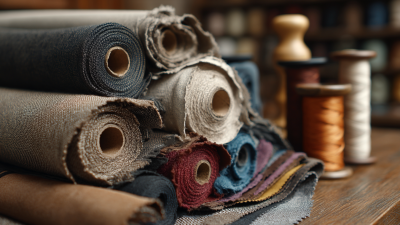
7 Essential Upholstery Supplies You Need for Every Project
-

Understanding the Challenges with Choosing the Right Sofa Material
-
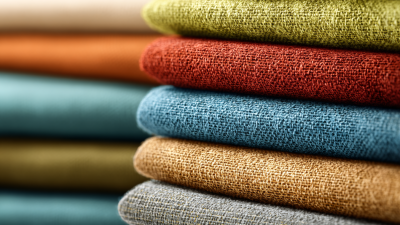
How to Choose the Right Sofa Fabric for Your Living Space Aesthetics and Durability
-
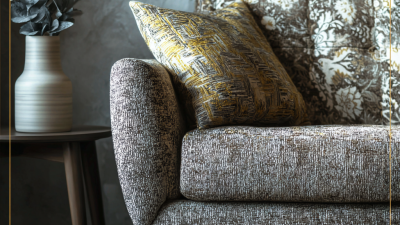
What is the Role of Designer Upholstery Fabric in Enhancing Home Aesthetics and Durability
